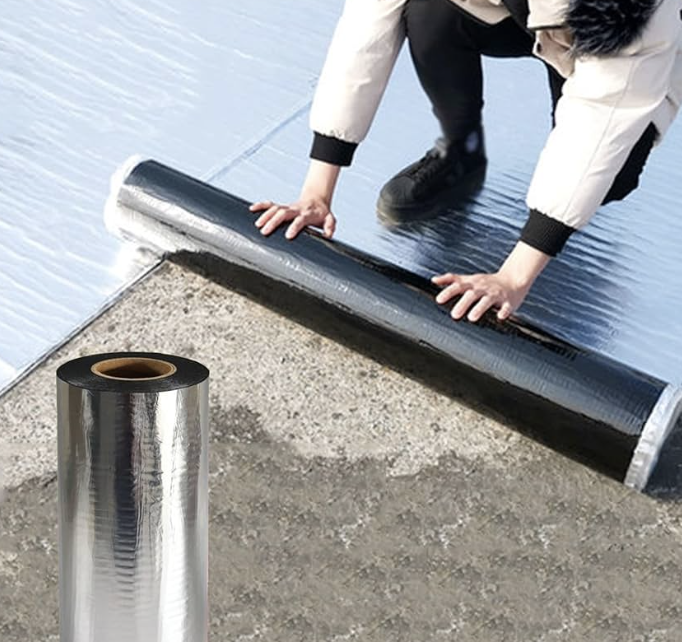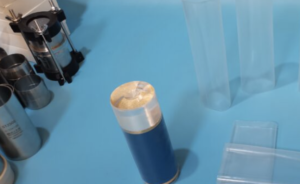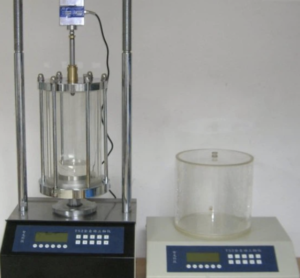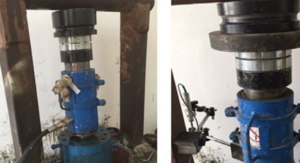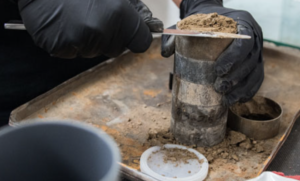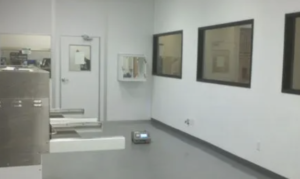Are Butyl Rubber Membranes Environmentally Friendly? A Closer Look
As sustainability becomes a central focus in construction, laboratory testing, and material science, many professionals are re-evaluating the environmental impact of the materials they use. Butyl rubber membranes, known for their sealing and impermeability, are under the spotlight too. But are they actually environmentally friendly? Let’s take a closer, honest look.
Production Footprint: How Butyl Rubber Is Made
Butyl rubber, or isobutylene-isoprene rubber (IIR), is a synthetic material produced through polymerization of isobutylene with a small amount of isoprene. The process typically occurs in low-temperature reactors using metal halide catalysts.
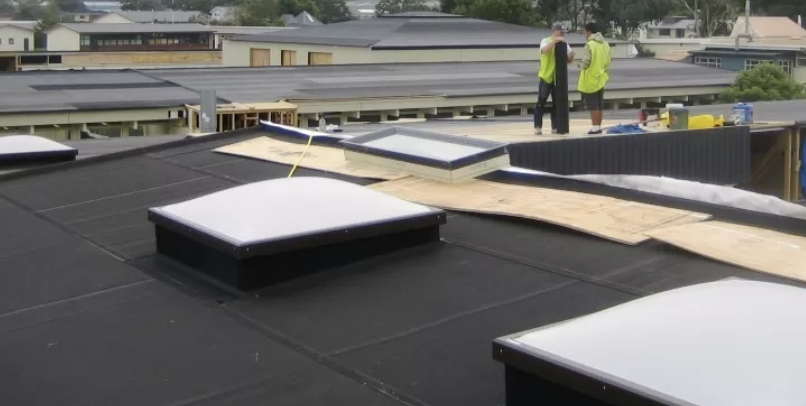
Key Environmental Considerations:
- Raw materials are petrochemical-based, meaning they rely on fossil fuels.
- Energy consumption1 during polymerization is moderate compared to thermoplastics.
- Production generates less greenhouse gas emissions per kg2 than many other synthetic rubbers (e.g., PVC or chloroprene).
| Diện mạo | Butyl Rubber |
|---|---|
| Source material | Non-renewable (petroleum) |
| Manufacturing energy | Vừa phải |
| Emissions intensity | Lower than halogenated rubbers |
| Waste generation | Minimal with closed-loop tech |
While butyl rubber isn’t bio-based, its relatively clean production and low emissions per unit of material make it less damaging than many industrial rubbers3.
Longevity and Reusability: The Case for Durability
One of the strongest eco-arguments for butyl rubber is how long it lasts.
Durability as Sustainability:
- Service life of 20–30 years4 in roofing and sealing applications
- Resistant to UV, ozone, water, and many chemicals5
- Maintains performance in extreme temperatures from -40°C to +120°C
- Can be reused multiple times in lab settings6 such as triaxial testing
| Vật liệu | Typical Use Lifespan | Reusability |
|---|---|---|
| Butyl Rubber | 20–30 years | High (3–5 test cycles) |
| Latex | 1–3 years or single-use | Thấp |
| EPDM | 15–25 years | Vừa phải |
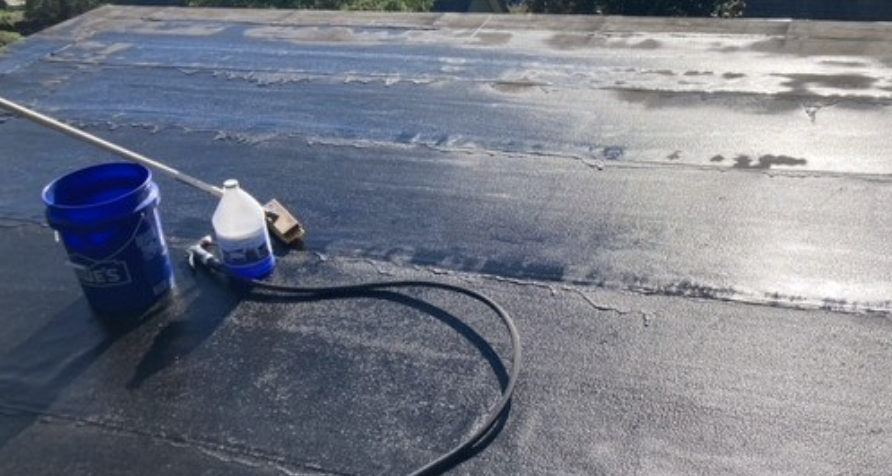
Because fewer replacements are needed, long-lived materials like butyl reduce overall resource use, transport emissions, and waste output over time.
Disposal and Recycling: Can Butyl Rubber Be Reused?
Like most synthetic rubbers, butyl is not biodegradable, but that doesn’t mean it’s doomed to landfill.
Disposal & Recycling Options:
- Mechanical recycling7: Can be ground and used in asphalt or rubber mats
- Devulcanization8: Breaks cross-linked bonds, enabling limited reprocessing
- Energy recovery9: Controlled incineration provides fuel with low residue
- Reuse in labs: Butyl membranes often survive multiple test cycles
| End-of-Life Path | Feasibility |
|---|---|
| Lab reuse (non-critical) | Easy |
| Reprocessing into fillers | Developing markets |
| Industrial incineration | Clean burn, energy-positive |
| Composting/biodegrading | Not applicable |

While not biodegradable, butyl rubber can be diverted from landfills through recycling and reuse, especially when supported by industry programs.
Comparative Environmental Impact: Butyl vs. Latex and EPDM
So how does butyl rubber compare to its most common membrane competitors?
| Environmental Factor | Butyl Rubber | Latex | EPDM |
|---|---|---|---|
| Nguồn | Petroleum-based | Natural (from rubber trees) | Petroleum-based |
| Biodegradability | KHÔNG | Yes (in raw form) | KHÔNG |
| Reusability | Cao | Very low | Vừa phải |
| Durability | 20–30 years | Short (fragile) | 15–25 years |
| VOC emissions during use | Thấp | Không có | Thấp |
| Waste volume over lifecycle | Thấp | High (frequent discard) | Trung bình |
Summary:
- Latex is biodegradable but less durable and usually single-use.
- EPDM performs well but offers less gas resistance and slightly shorter lifespan.
- Butyl shines in low-waste, long-term applications where reusability matters.
Phần kết luận
While not perfect, butyl rubber membranes offer a compelling environmental profile when viewed through the lens of durability, performance, and waste reduction. If you’re looking for a material that can perform for decades, be reused in the lab, and minimize lifecycle emissions, butyl rubber is a strong, environmentally reasonable choice in today’s membrane landscape.
-
Understanding energy consumption in butyl rubber production can help assess its environmental impact and efficiency. ↩
-
Exploring this topic reveals the environmental benefits of butyl rubber over other materials, crucial for sustainable choices. ↩
-
This resource can provide insights into the advantages of butyl rubber, aiding in informed material selection for eco-friendly applications. ↩
-
Understanding the lifespan of roofing materials helps in making informed decisions for long-term investments. ↩
-
Discovering materials with high resistance can lead to better choices for durable and long-lasting applications. ↩
-
Exploring reusability in lab settings can enhance research efficiency and sustainability in material science. ↩
-
Explore how mechanical recycling can contribute to sustainable practices in construction and materials reuse. ↩
-
Learn about the process of devulcanization and its importance in recycling rubber for new applications. ↩
-
Discover the benefits of energy recovery methods and their role in waste management and energy production. ↩

